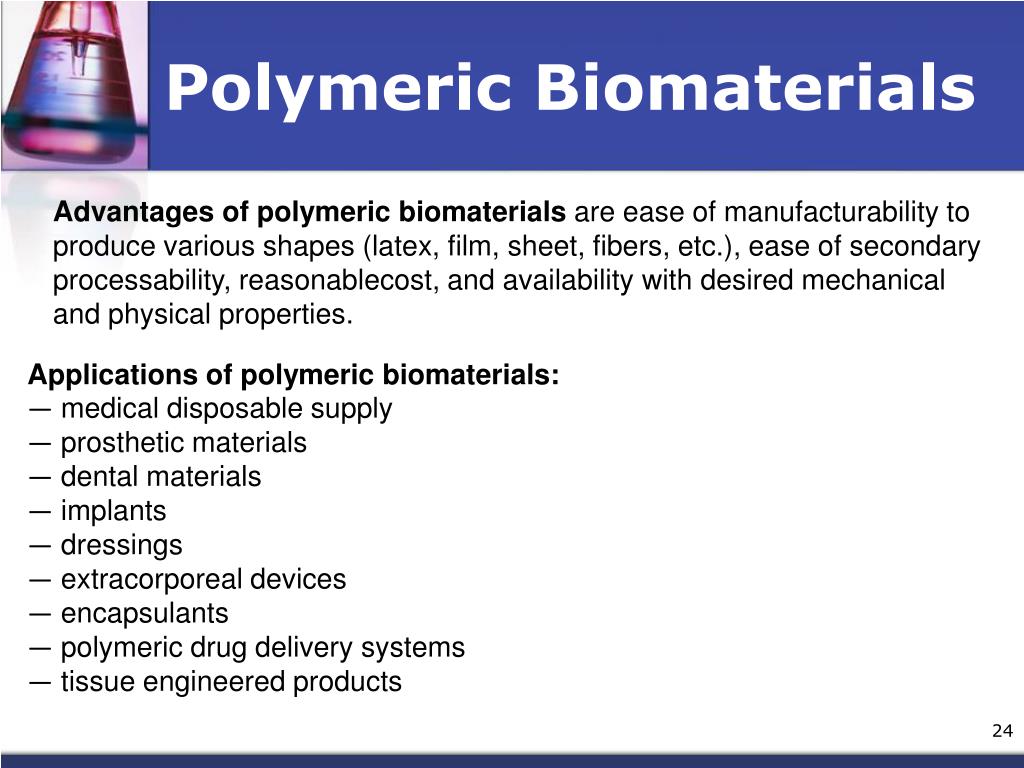

28 Bone as a composite material thereby exhibits superb tensile strength and elasticity. 26, 47 Inorganic minerals of hydroxyapatite (HA) provide increased structural stiffness. Matrix proteins including osteocalcin, bone sialoprotein (BSP), osteopontin, and osteonectin, proteoglycans such as small leucine-rich proteoglycan, aggrecan, hyaluronic acid (HAc) and heparan sulfate, and collagen fibers of mostly type I variety constitute the organic components.

8, 70 Microscopically, woven bone is an immature form characterized by a disorganized arrangement of collagen fibers, which eventually calcifies and matures into lamellar bone with spatially aligned collagen fibers.

On a macroscopic scale, bone tissue can be classified into cortical (compact) and cancellous (trabecular) types the former constitutes 80% of the skeletal structure and is appreciably denser than the latter – only 10% porous, as opposed to 50–90%. The marrow sources cells of both osteogenic and hematopoietic lineages, in addition to providing a vascular network that ensures sufficient blood circulation throughout the organ. The organ structure consists of a marrow-filled center with bone tissue and periosteum enclosing it. Finally, a short summary addresses the future outlook regarding the development of functional bone and cartilage replacements. The focus then shifts to cartilage biology and highlights current work in osteochondral tissue engineering in addition to relevant design criteria. This review commences with a brief overview of bone biology, followed by a discussion on recent advances in bone tissue engineering scaffolds, as well as accompanying design considerations. Over the years, many different processing techniques and scaffold designs have been extensively explored, and led to notable improvements in the quality of tissue engineered constructs.

Successful integration between these two contrasting tissue types remains a significant challenge. 49 More recently, the focus has shifted toward seamlessly resolving the interface between bone and cartilage. 35 Defects associated with these regions are quite prevalent in society and contribute to diminished quality of life for example, roughly 450,000 bone grafts and 250,000 knee arthroplasties are performed in the United States annually. Moreover, the biomaterial should ideally degrade at a comparable rate to growth of new tissue at the site of implantation.Īmong a multitude of applications, the musculoskeletal tissues of bone and cartilage have garnered substantial interest from researchers. An important avenue of tissue engineering is the development of biomaterials that can promote regenerative processes by effectively transporting cell populations and therapeutic agents, as well as providing structural scaffolding that confer sufficient mechanical properties to tissues. 48 The classic paradigm relies on a combination of biomaterial scaffolds, cells, and bioactive molecules to orchestrate tissue formation and integration within the host environment. Despite the body having intrinsic self-healing properties, the extent of repair varies amongst different tissues, and may also be undermined by the severity of injury or disease. Tissue engineering is an interdisciplinary field dedicated to the regeneration of functional human tissues.


 0 kommentar(er)
0 kommentar(er)
